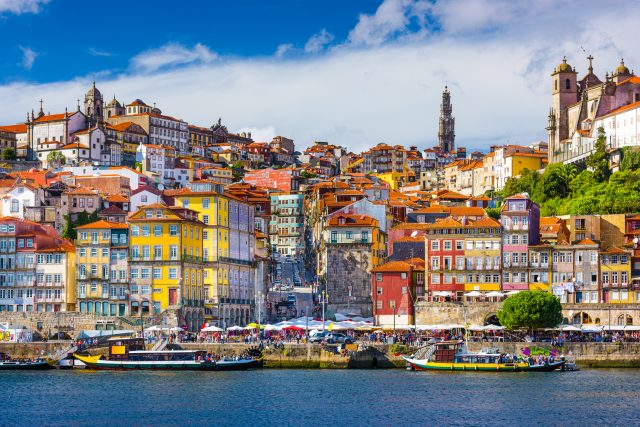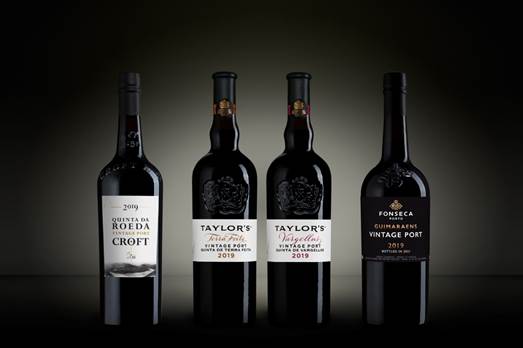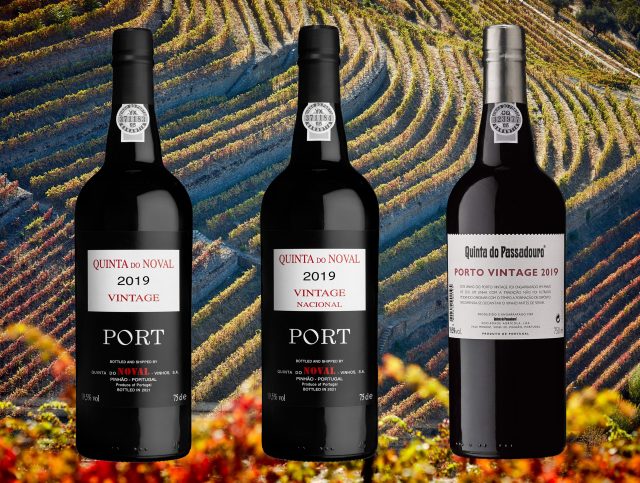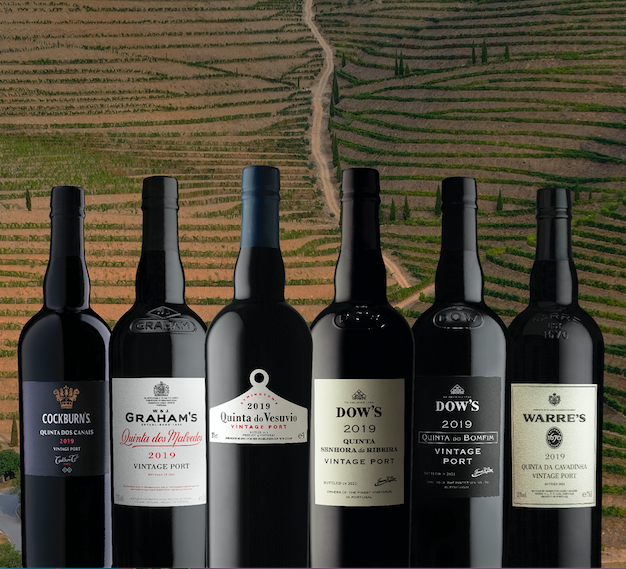This website uses cookies so that we can provide you with the best user experience possible. Cookie information is stored in your browser and performs functions such as recognising you when you return to our website and helping our team to understand which sections of the website you find most interesting and useful.
In focus: The investment potential of vintage Port
With vintage Port declarations becoming ever more frequent, Richard Woodward explores the investment potential of the fortified wine, which has thus far struggled to catch fire in the secondary market.

Given the quality of recent harvests in the Douro Valley, 2019 was never likely to be a widely declared classic Port vintage. In a remarkable run of form, the region has seen four years in a row – 2015-2018 inclusive – attain the kind of quality necessary to make vintage Port.
Both 2016 and 2017 were widely declared, and they were bracketed by two partially declared years. Cockburn’s declared three vintages in a row (2015-17), as did Taylor’s (2016-18). Untold riches for a wine that is usually only released three or four times a decade.
So 2019 is mostly, but not exclusively, a year for single quinta wines. The Fladgate Partnership has four, including Taylor’s Quinta de Terra Feita and Quinta de Vargellas, and the Symingtons six, including en primeur releases for Quinta de Vesúvio and Dow’s Quinta da Senhora da Ribeira.

Barring those two, all wines will be tucked away for further aging before release – in the case of the Fladgate wines, in about 2029-30 (the company is currently selling Terra Feita 2005 and Vargellas 2013).
Meanwhile, Quinta do Noval continued its idiosyncratic policy of declaring every vintage, supplementing this with declarations for Quinta do Noval Nacional and newly acquired Quinta do Passadouro. There were also classic declarations for Sogevinus-owned Cálem and Barros, alongside single quintas for the company’s Kopke and Burmester houses.
The Symingtons described the 2019 growing season as “erratic”, with low winter rainfall and almost none in the summer, save for welcome showers in late August. With no heat spikes and a relatively cool summer, wines are aromatic, deeply coloured and elegant. Fladgate’s vintage notes talk of crisp acidity and “singing” fruit.
The wines sound promising, so is the paucity of classic declarations dictated by market conditions, with plenty of young vintage Port out there from 2015-18, and a world racked by Covid-19?
Port producers would strongly deny this. When declaring a third successive Taylor’s vintage (2018) a year ago, Fladgate MD Adrian Bridge said: “This is very unusual, but our principle is that we only declare a classic vintage when the quality is there, and this is dictated by the year, not by any other consideration.”

Similarly, Symington head winemaker Charles Symington says: “In 2019, the various plots of vineyards within each of our estates delivered small volumes of wine with fantastic depth and complexity. We believe these wines could not have been enhanced by blending across each of our Port houses’ top quintas to produce a ‘classic’ vintage Port.”
The decisions made on 2019 may not be dictated by the market, but they suit that market nonetheless. Farr Vintners director Tom Hudson points to the diminishing returns of 2016 (“very successful”), 2017 (“slightly less successful”) and 2018 (“a bit of a bridge too far”), adding: “At the moment, people are probably a bit done with stocking up on Port.”
Liv-ex co-founder and director Justin Gibbs says it will be “interesting” to see the reaction to the en primeur offer of Vesúvio and Senhora da Ribeira, but adds that demand for quality Ports has “yet to translate into a thriving secondary market”.
He observes: “There are die-hard Port fans but, like lovers of pudding wines, they’re fairly few and far between. Fortified and sweet wines just don’t have the cachet of great red and white wines post-release (tend to be bought when ready to drink), and it’s hard to see that changing in the immediate future.”
A radical switch to consistent annual declarations (which is anyway hugely unlikely) would be unlikely to remedy this, Gibbs believes. “The frequency or lack of vintage Port declarations is less of a problem than the perception of Port in the market,” he says.

Hudson agrees. “You get your chance to sell it once in a while,” he says, “then you need a bit of a break. It’s reasonably tricky to persuade people to buy it year on year – they just don’t want to pile up Port in their cellars.”
While vintages like 2019 may not garner the headlines of the likes of 2011 or 2016, the consensus seems to be that that’s no bad thing. “Single quinta years definitely do help to maintain market interest, but really the particularly strong declared years are what gets people excited,” says Matthew O’Connell, head of investment at Bordeaux Index.
“While there may at the margin be enough demand in the Port market for more frequent declarations, the balance seems about right at present.”
Will Hargrove, head of fine wine at Corney & Barrow, echoes that sentiment, observing that customers tend to drift in and out of buying Port because of low consumption levels, “the irony being that the quality is high and the value very good”.
He adds: “The big ‘full declarations’ do get a reaction as the quality is generally very high. But I think the consistent inconsistency of the releases is part of the charm.”


